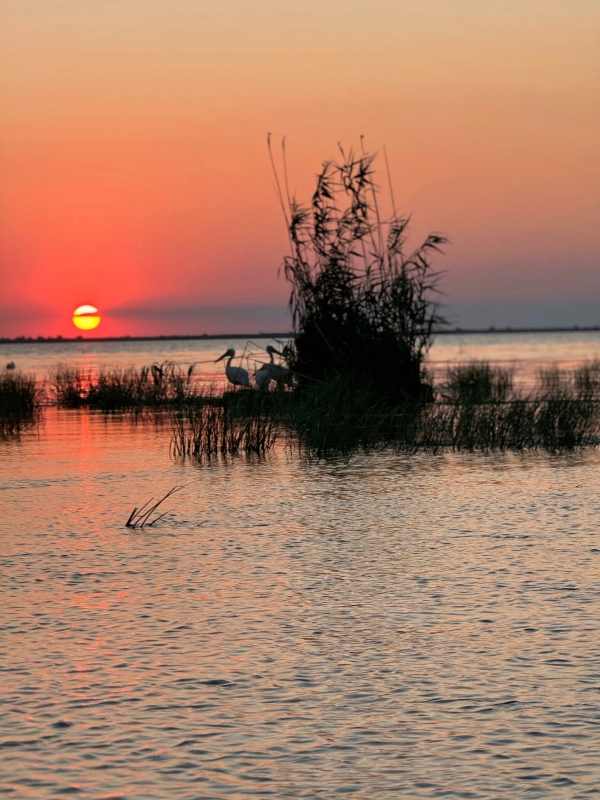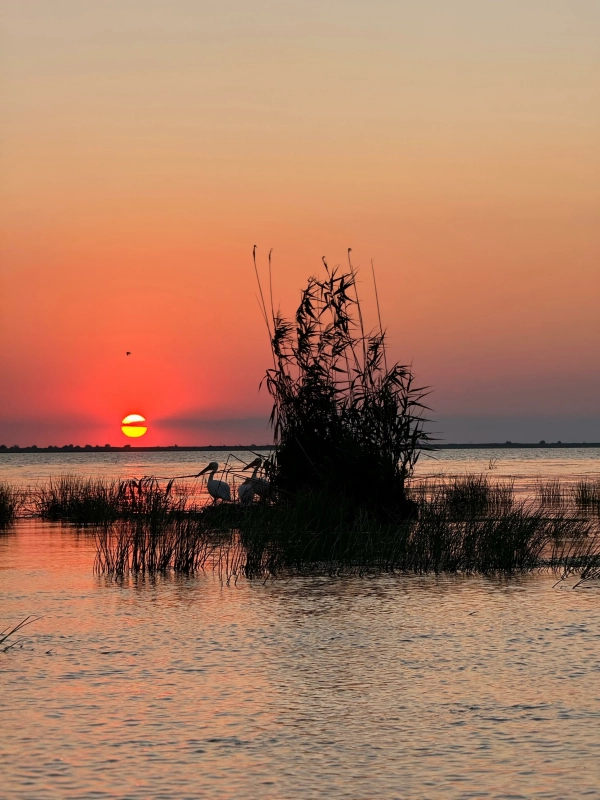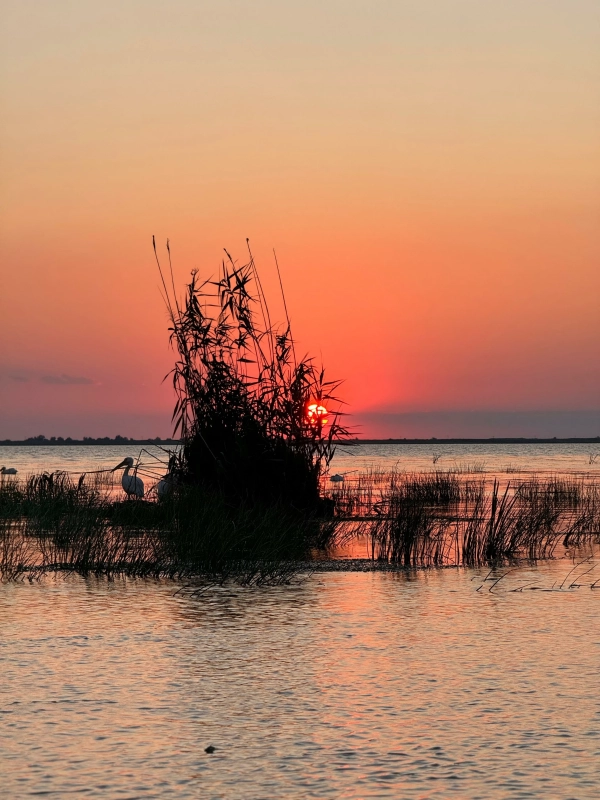#Sunrise #Sunset by
Pelicans at sunset: a magical moment during a boat excursion last year, in the Danube Delta.
#iwasthere
Pelicans at sunset: a magical moment during a boat excursion last year, in the Danube Delta.
#iwasthere
DUSK & DAWN
Sharing my best captures of a sunset taken in Siruma, Bicol, Philippines. I can’t really choose which one is the best—because each sunset I see feels like a gift. There’s something about watching the sky burn in colors that reminds me…
It’s okay to slow down.
It’s okay to rest.
And it’s a reminder that no matter how hard the day was, there’s always beauty waiting at the end.
I still have this photo saved. I posted it on my noise.app account, and it still feels as special now as it did then.
Sunsets and sunrises always leave me in awe—like they’re softly telling me,
“Live a little, breathe, and be present.”
#Sunset #IWasThere By
Sharing my best captures of a sunset taken in Siruma, Bicol, Philippines. I can’t really choose which one is the best—because each sunset I see feels like a gift. There’s something about watching the sky burn in colors that reminds me…
It’s okay to slow down.
It’s okay to rest.
And it’s a reminder that no matter how hard the day was, there’s always beauty waiting at the end.
I still have this photo saved. I posted it on my noise.app account, and it still feels as special now as it did then.
Sunsets and sunrises always leave me in awe—like they’re softly telling me,
“Live a little, breathe, and be present.”
#Sunset #IWasThere By
0 mlx
0payments
0posts
0reactions
0tags
0comments
0subscriptions
0new users
0marketplace











